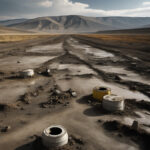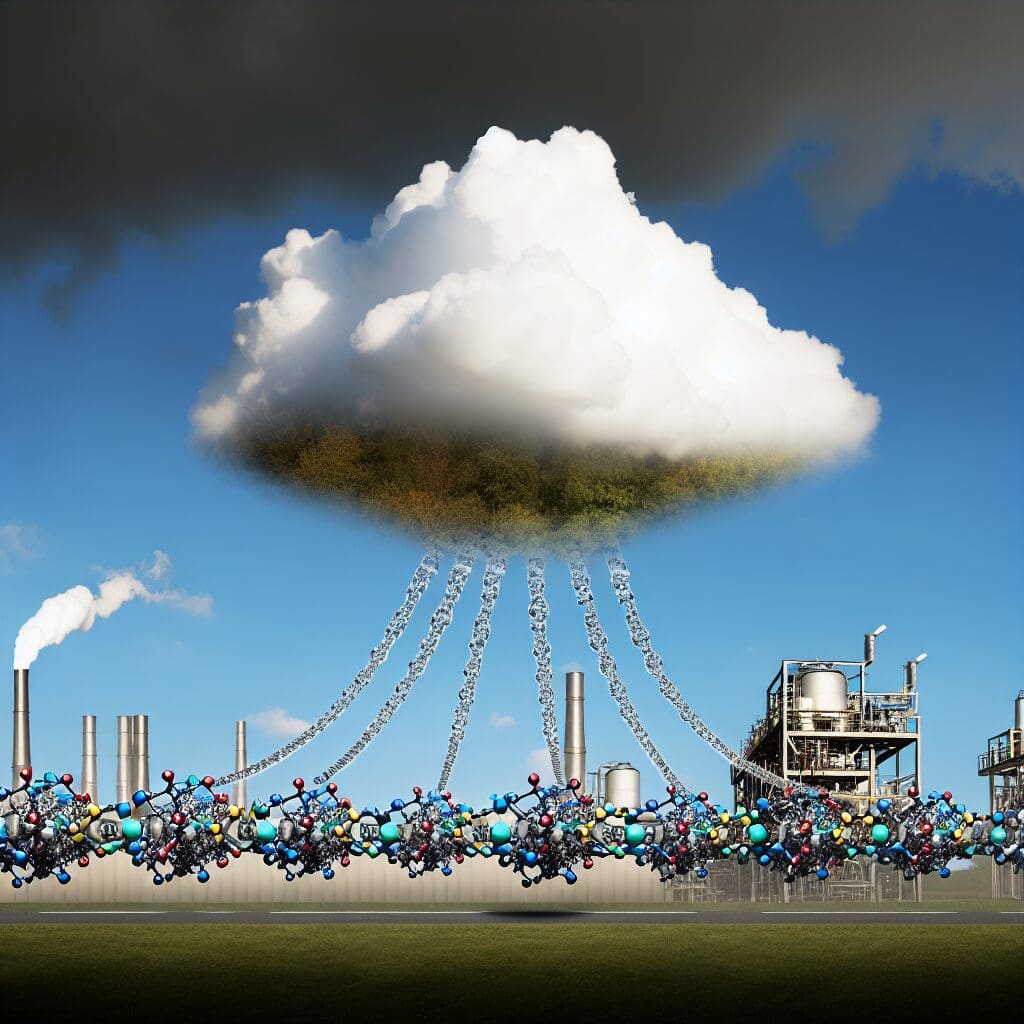The urgent need to address climate change has prompted innovative initiatives that turn challenges into opportunities. One such initiative is the CATCO2NVERS project, which focuses on reducing greenhouse gas emissions through advanced catalytic processes. This revolutionary approach transforms CO2 emissions into five valuable chemicals, significantly contributing to sustainable practices in the bio-industrial sector.
The heart of CATCO2NVERS lies in its three unique catalytic processes. These processes are designed to capture CO2 emissions, which are often considered a waste product, and convert them into useful chemicals. For instance, CO2 can be transformed into methanol, which is a key ingredient in various products including fuels and solvents. This not only reduces the overall amount of greenhouse gases released into the atmosphere but also creates a profitable byproduct that can be utilized in multiple industries.
Furthermore, the project aims to demonstrate a shift from merely reducing emissions to creating added value. By harnessing CO2 in this way, industries can transition towards a circular economy where waste is minimized, and byproducts become resources. This can significantly alter the economic landscape, making it profitable for industries to invest in cleaner technologies.
CATCO2NVERS sets an inspiring example of how the intersection of innovation and environmental responsibility can lead to concrete results. As businesses increasingly prioritize sustainability, such initiatives are crucial for fostering a greener, more prosperous future. By highlighting the potential of turning emissions into valuable chemicals, CATCO2NVERS effectively paves the way for a renewed perspective on industrial practices, illustrating that profit and planet can go hand in hand.
For more information on this groundbreaking project, you can visit Innovation News Network. It serves as a reminder that innovation is key to overcoming some of the most pressing issues of our time.











